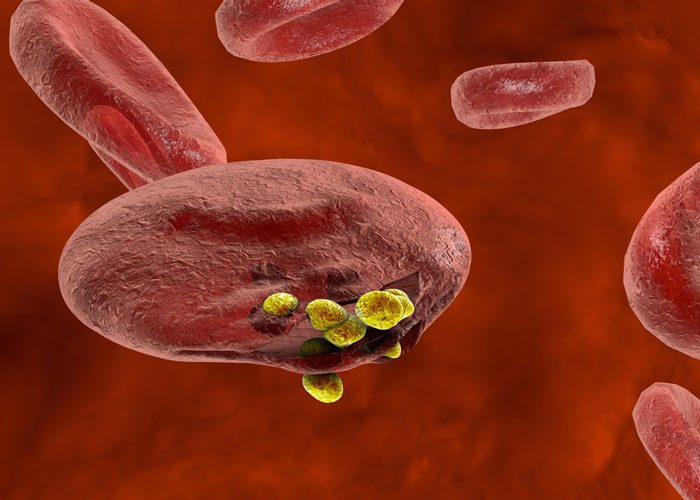NIH study identifies new targets for anti-malaria drugs
Posted: 26 October 2017 | Dr Zara Kassam (Drug Target Review) | No comments yet
Researchers have sought to uncover the role of plasmepsins IX and X, produced by P. falciparum for metabolic processes…


In the current study, researchers sought to uncover the role of plasmepsins IX and X, two of the 10 types of plasmepsin proteins produced by P. falciparum for metabolic and other processes. They created malaria parasites that lacked plasmepsin IX or X under experimental conditions and compared them to those that had the two proteins.
The team found plasmepsin IX in rhoptries, specialised cell structures inside the parasite, which help it invade red blood cells. Parasites lacking plasmepsin IX had defective rhoptries. In addition, the team observed plasmepsin X in exonemes–small vesicles that help malaria parasites exit infected cells.
The team also discovered that plasmepsin X processes an important protein called SUB1.
When deprived of plasmepsin X, the parasites couldn’t process SUB1 and couldn’t infect red blood cells or exit these cells after multiplying.
The researchers also identified three experimental malaria drugs that may work by targeting plasmepsin X. One drug, called CWHM-117, has already been tested in a mouse model of malaria.
The new findings may help researchers modify CWHM-117 to make it more effective. Furthermore, parasites lacking the plasmepsins could potentially be used to screen candidate drugs to identify additional anti-malaria compounds.
The deadliest malaria parasite needs two proteins to infect red blood cells and exit the cells after it multiplies, a finding that may provide researchers with potential new targets for drug development, according to researchers funded by the National Institutes of Health. Their study appears in the latest issue of Science.
Related organisations
National Institutes of Health (NIH)



